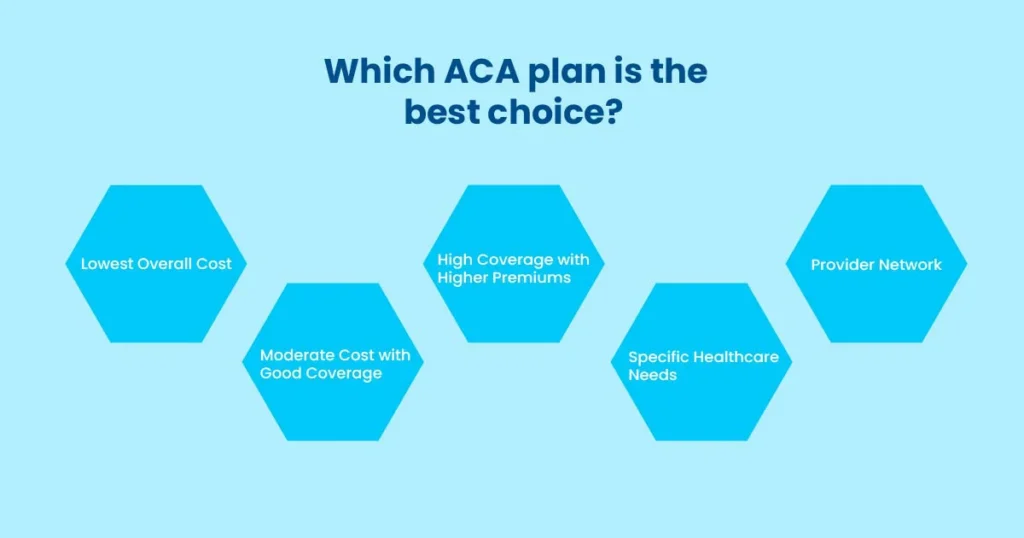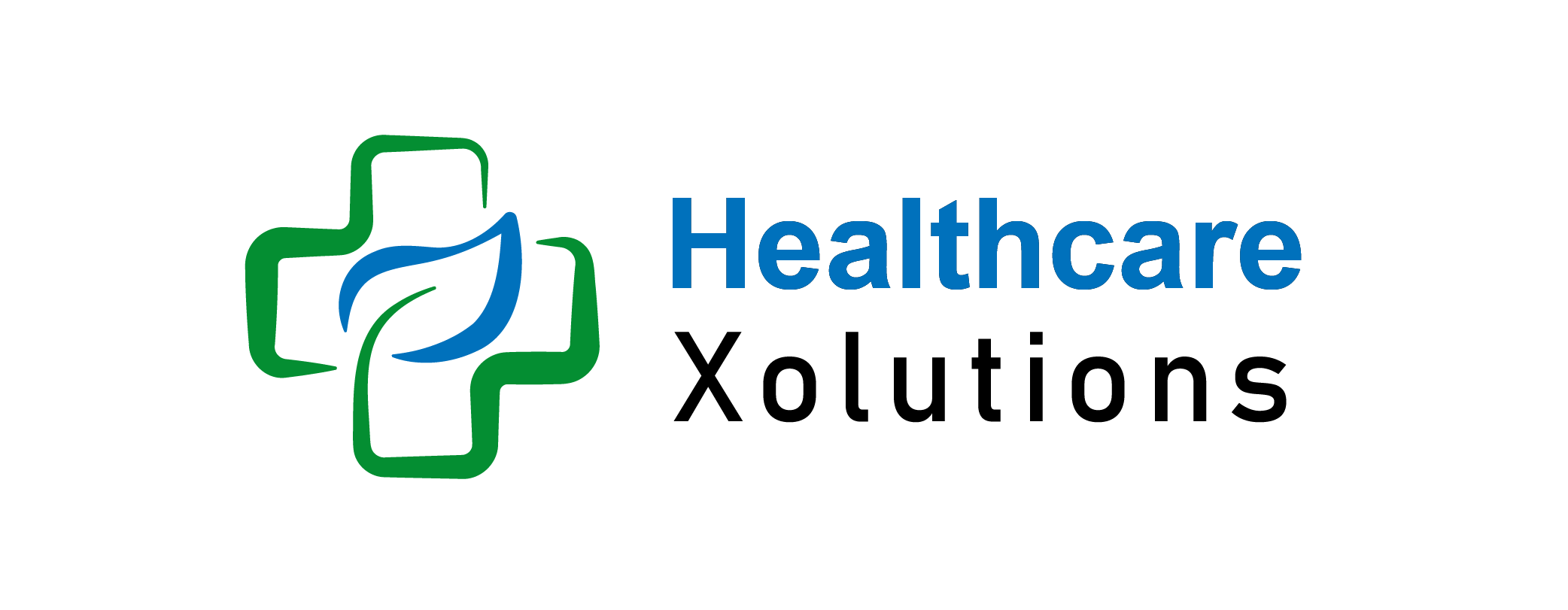What Are Affordable Care Act Plans? Ultimate Guide You Need To Know

The Affordable Care Act (ACA), commonly known as Obamacare, has significantly transformed the U.S. healthcare landscape since its enactment in 2010. As of 2024, over 49 million Americans have gained health insurance through ACA marketplaces, with a record 20.8 million enrolled in 2024 alone.
This surge underscores the ACA’s pivotal role in expanding healthcare access nationwide. Looking ahead, the ACA continues to evolve, with open enrollment for 2025 commencing on November 1, 2024. Notably, health insurance premiums are projected to rise by an average of 7% in 2025, influenced by factors such as increasing prescription drug costs and inflation.
Despite these increases, federal subsidies remain in place to assist eligible individuals in managing premium expenses. As the ACA enters its second decade, understanding its various plan options is crucial for individuals seeking optimal health coverage.
This guide provides a comprehensive overview of ACA plans, aiding you in making informed decisions tailored to your healthcare needs.
Key Takeaways:
- The ACA offers four plan tiers: Bronze, Silver, Gold, and Platinum, each with varying coverage levels and costs.
- Open Enrollment for 2025 coverage begins on November 1, 2024.
- Premiums are projected to increase by an average of 7% in 2025.
- Federal subsidies are available to help eligible individuals manage premium costs.
- Selecting the right plan involves assessing premiums, out-of-pocket costs, coverage options, and provider networks.
Table of Contents
What Is the Affordable Care Act?
The Affordable Care Act, most famously referred to as Obamacare, was put into action in 2010 to improve health insurance at the same time as it is more affordable, expand eligibility for Medicaid, and reduce the overall number of uninsured citizens in the United States. An essential part of ACA is the formation of Health Insurance Marketplaces (with other names Exchange) that people and families can shop for and then buy individual health insurance plans with any of these plans.
Types Of Affordable Care Act Plans:
There are four main types of health insurance plans available through the ACA Marketplaces:
1. Bronze Plans:
Planes with the lowest monthly payments tend to have the highest out-of-pocket costs. This means that you may end up paying up to 60% of your healthcare expenses upfront, in a lump sum. It is important to keep in mind that while these plans may seem more affordable every month, they can result in significant financial strain in the event of unexpected medical expenses.
2. Silver Plans:
Mid-range plans which refer to silver plans offer an intermediate option between higher and lower plan costs. They own most of the healthcare costs as they pay about 70% of funding on average, which is why many consumers love them.
3. Gold Plans:
Patients with Gold plans pay high monthly premiums, but they are indebted to minimal co-payments in comparison with Bronze, and Silver. Their contribution to healthcare funds, on average, is approximately 80% of the overall costs.
4. Platinum Plans:
Platinum health insurance plans, though having the highest monthly premiums, offer the lowest out-of-pocket expenses and provide the most comprehensive coverage. These plans have the widest networks, offering you a broad range of healthcare options to choose from. You can expect these plans to pay almost 90% of your medical bills, making them an excellent choice for those who value quality healthcare and want to keep their healthcare costs within control.
Key Considerations When Choosing an Affordable Care Act Plan:

When selecting an ACA plan, it’s essential to consider the following factors:
- Monthly Premiums: Assess what you can afford to pay monthly for health insurance.
- Deductibles and Out-of-Pocket Costs: Examine the deductible, copayments, and coinsurance to understand your potential expenses.
- Coverage Options: Ensure your preferred doctors, hospitals, and healthcare providers are included in the plan’s network.
- Prescription Drug Coverage: Verify that your medications are covered under the plan’s formulary.
- Additional Benefits: Some plans offer extra benefits like dental, vision, or wellness programs.
Enrolling In Affordable Care Act Plans:
The enrollment of people and families with their annual Open Enrollment Period, which is usually between November 1st and December 15th [each year], can be done from November 1st to December 15th [of that year]. Over some situations, for example, when you lose employer-based coverage, lose business, or occur to a qualifying life event, the special enrollment period will make you eligible, which will allow you to enroll in your health insurance rather than waiting until the annual Open Enrollment Period.
Selecting The Best ACA Plan For Your Needs:

Determination of “The Best” ACA policy for a family is based on individual conditions, including health needs, finances, and personal priorities. However, here are some general guidelines:
- Lowest Overall Cost: If you’re in good health and rarely use medical services, a Bronze plan with lower premiums and higher out-of-pocket costs may be suitable.
- Moderate Cost with Good Coverage: Silver plans offer a balance between premiums and out-of-pocket costs and are eligible for cost-sharing reductions for those who qualify.
- High Coverage with Higher Premiums: Gold or Platinum plans are ideal if you anticipate frequent medical care and prefer lower out-of-pocket expenses.
- Specific Healthcare Needs: If you have particular medical conditions or require specific treatments, ensure the plan covers these services adequately.
- Provider Network: Confirm that your preferred healthcare providers are within the plan’s network to avoid additional costs.
The Importance Of Selecting The Right Affordable Care Act Plans:
Selecting the right ACA insurance plan is incredibly important for several reasons:
- Financial Protection: The right plan safeguards you from high medical expenses.
- Access to Care: Ensures you can receive care from your preferred providers.
- Quality of Care: Some plans offer additional programs aimed at improving care quality.
- Prescription Coverage: Adequate coverage for medications is essential, especially for chronic conditions.
- Peace of Mind: Knowing you have suitable coverage provides reassurance in case of medical needs.
Conclusion:
Navigating ACA plans can be complex, but understanding your healthcare needs and the available options enables you to choose a plan that balances coverage and affordability. Carefully evaluate premiums, out-of-pocket costs, coverage options, and additional benefits to select a plan that aligns with your health requirements and financial situation.
FREQUENTLY ASKED QUESTIONS:
Q: What plan will have the highest monthly premium?
Platinum plans under the Affordable Care Act (ACA) have the highest monthly premiums but offer the lowest out-of-pocket costs, covering about 90% of expenses. Ideal for those seeking comprehensive coverage and minimal medical bills.
Q: What plan of ACA is suitable for low-income families or individuals?
Medicaid offers free or low-cost coverage for low-income families, while ACA Marketplace plans provide subsidies for those with moderate incomes. Eligibility depends on income, household size, and location. Visit healthcare.gov to explore options.
